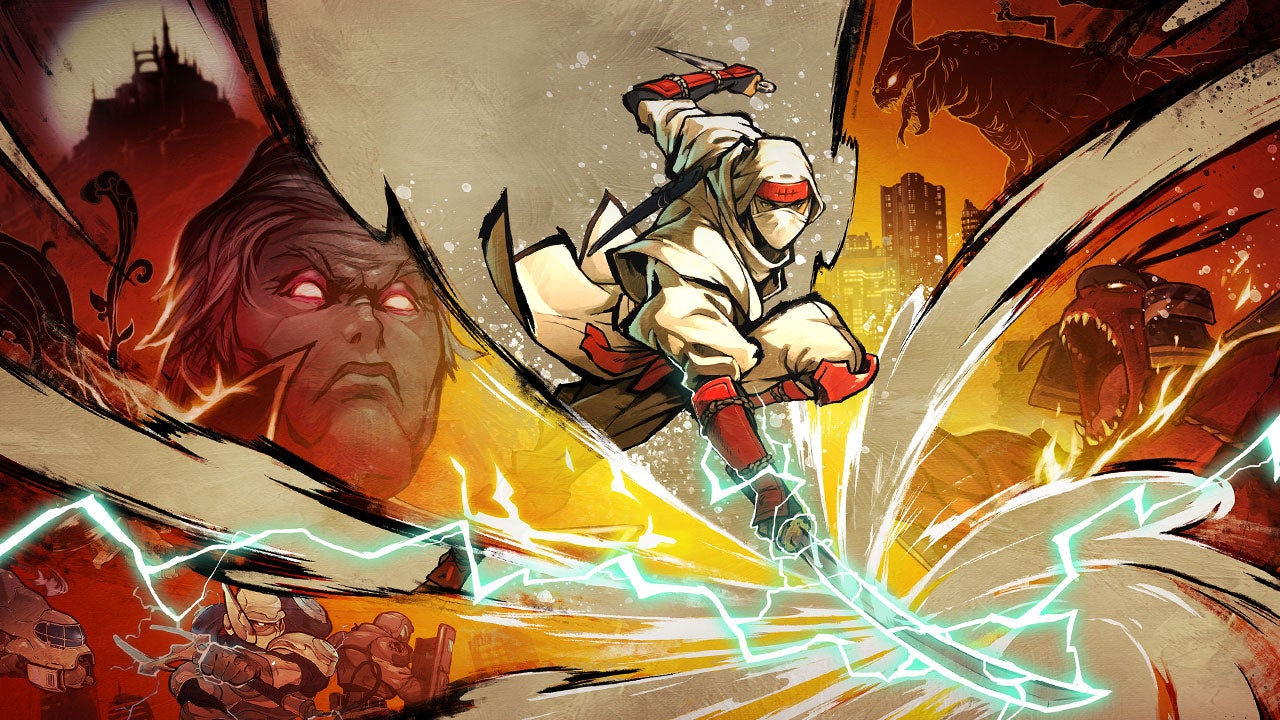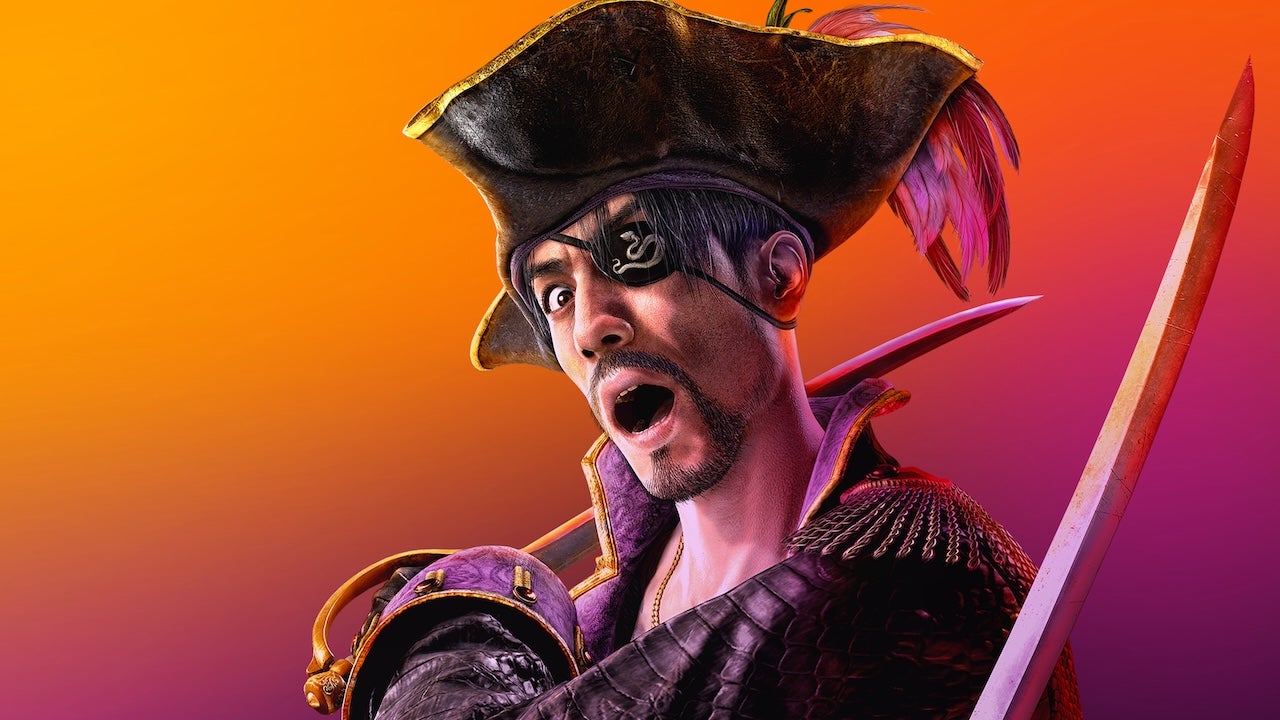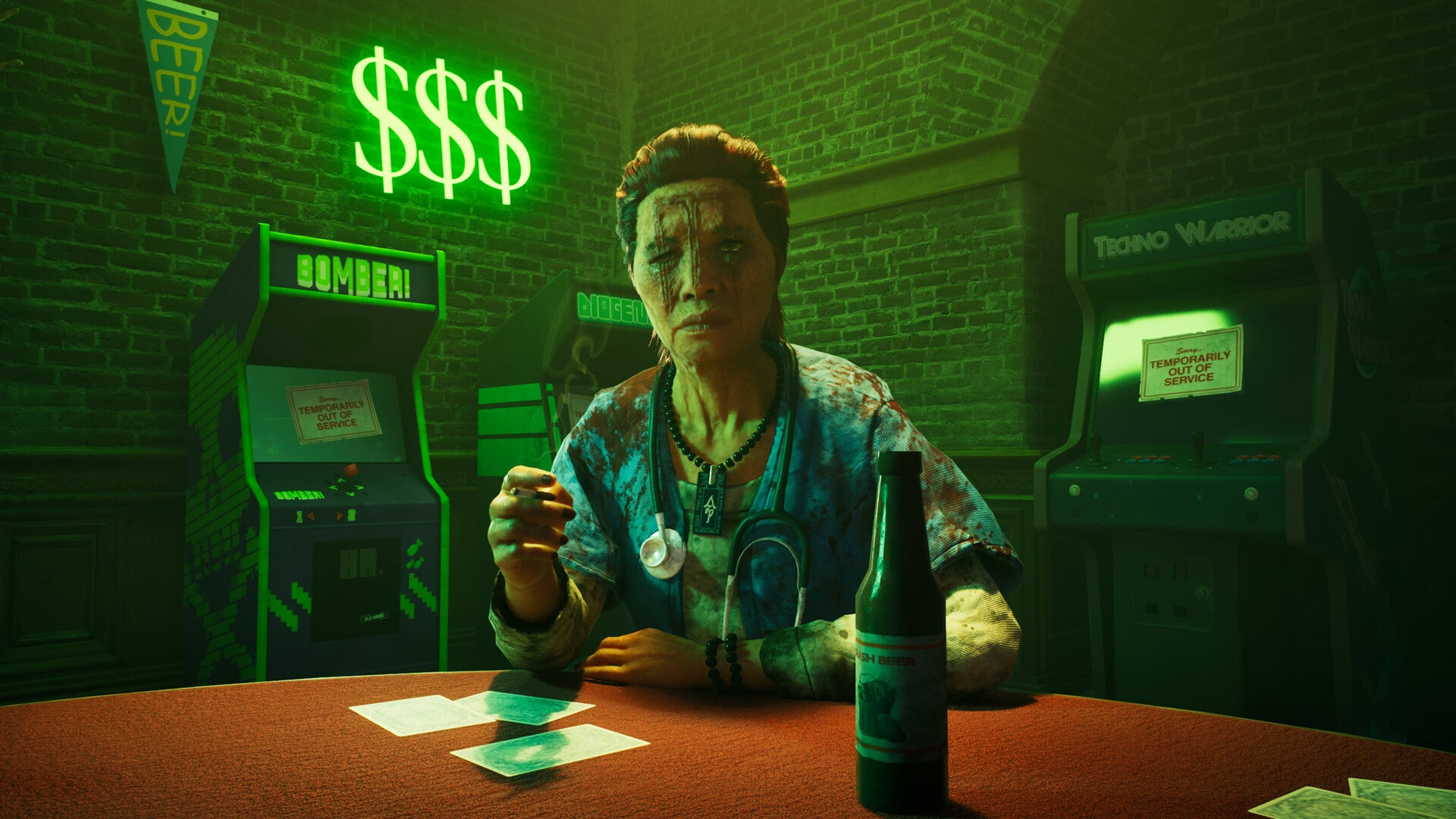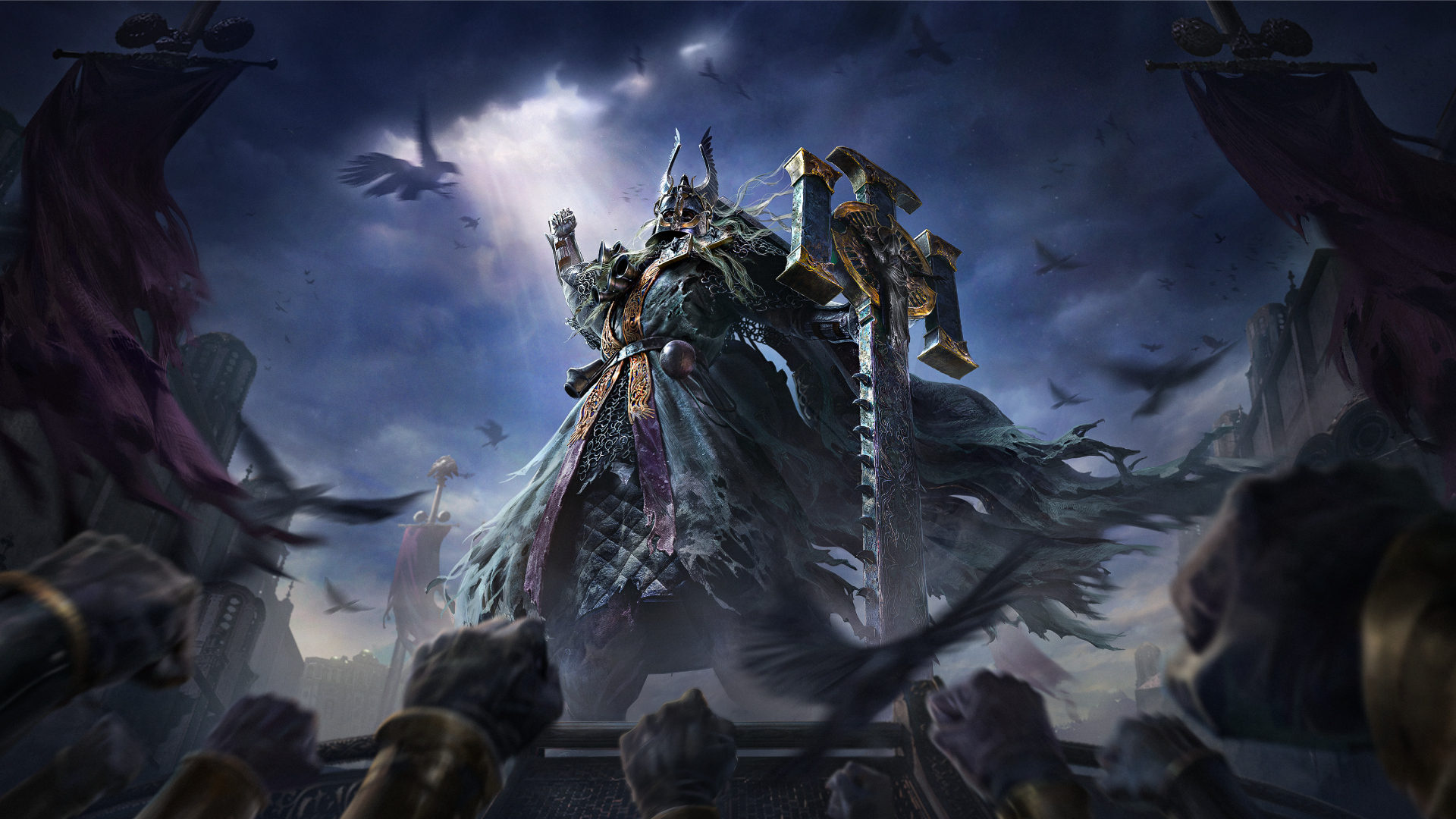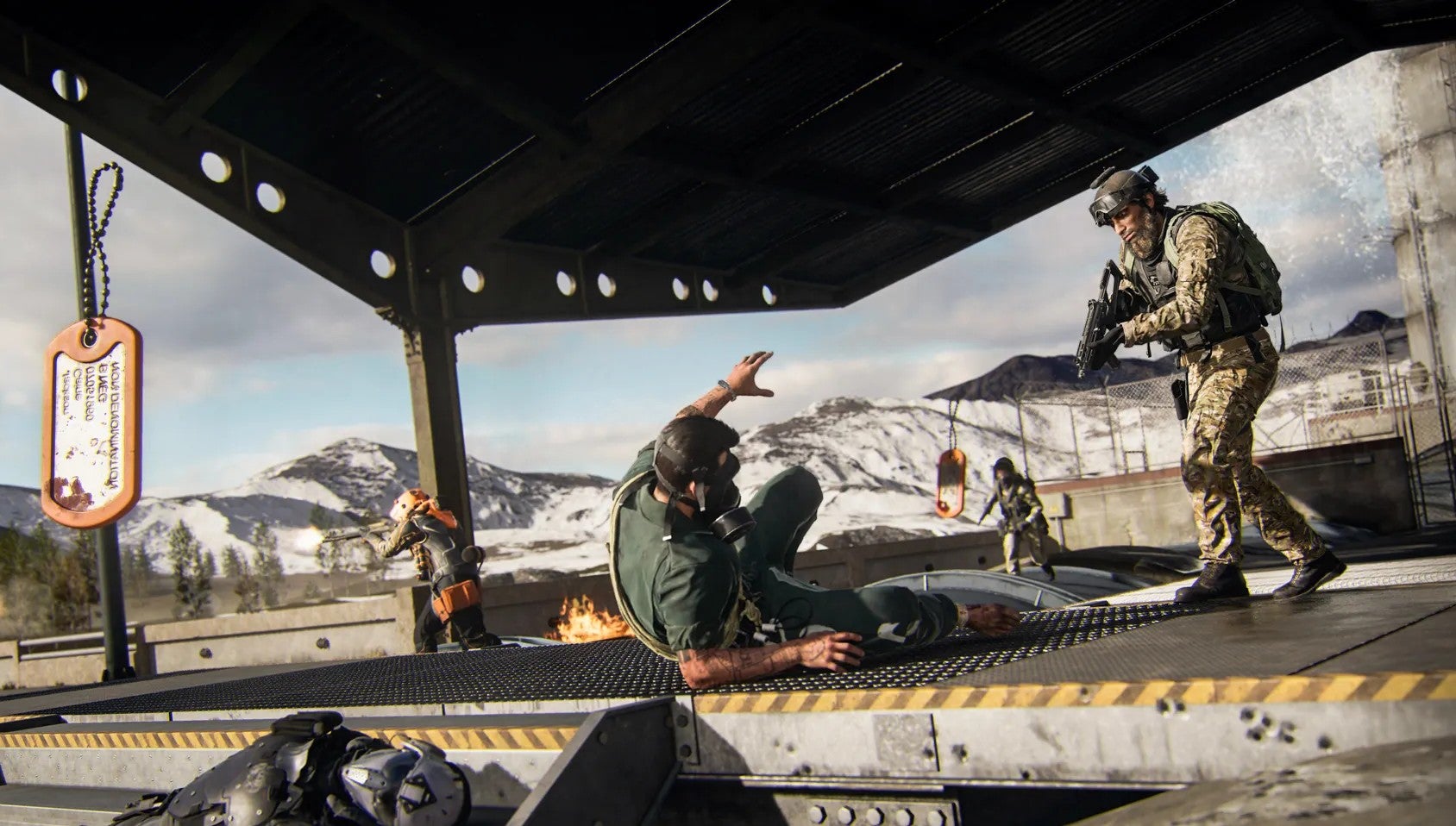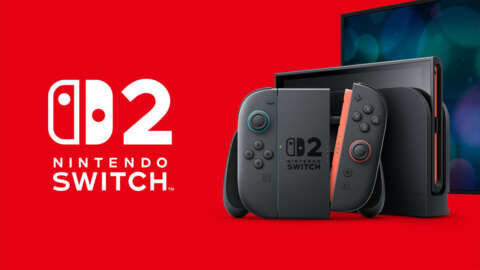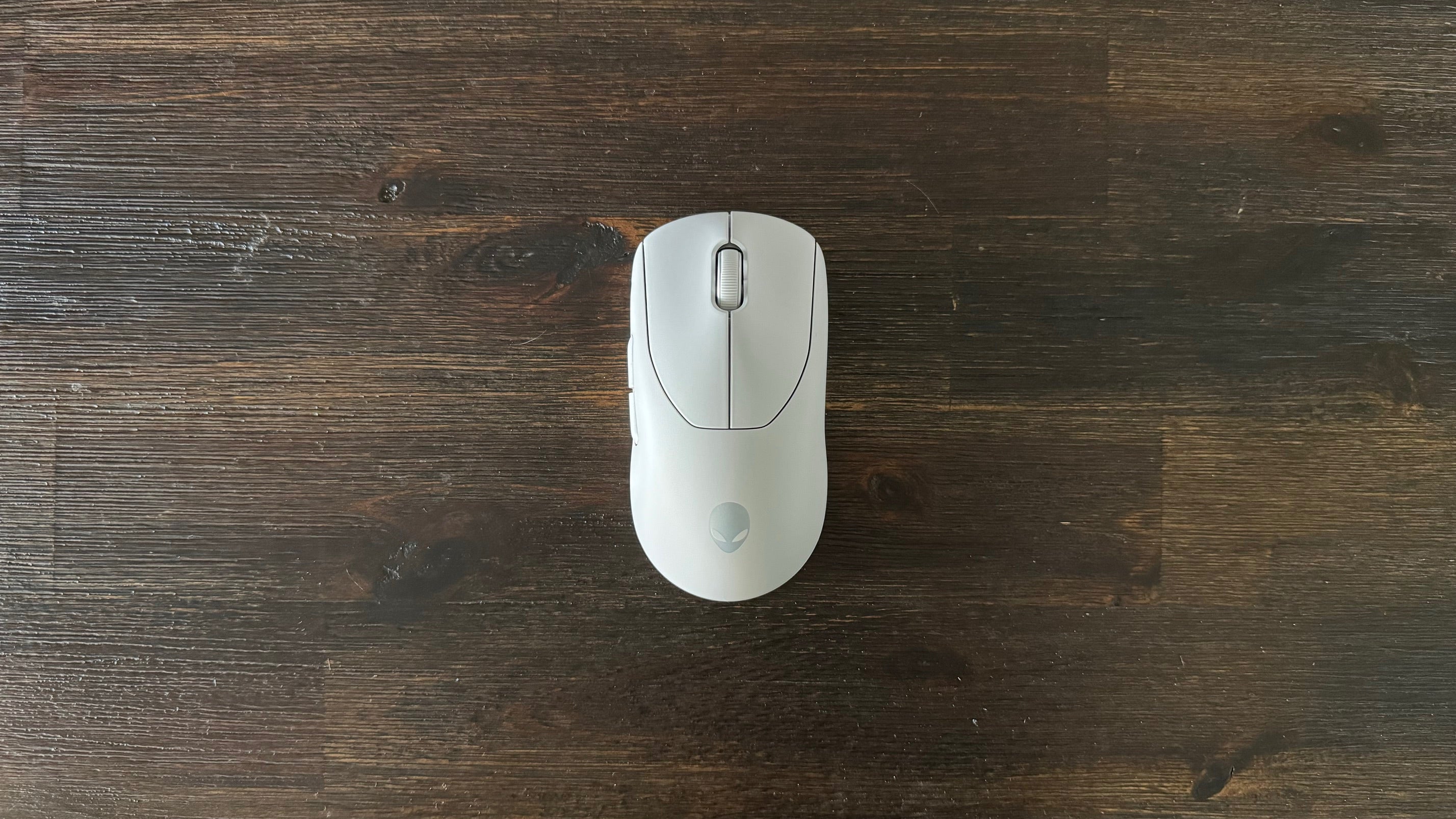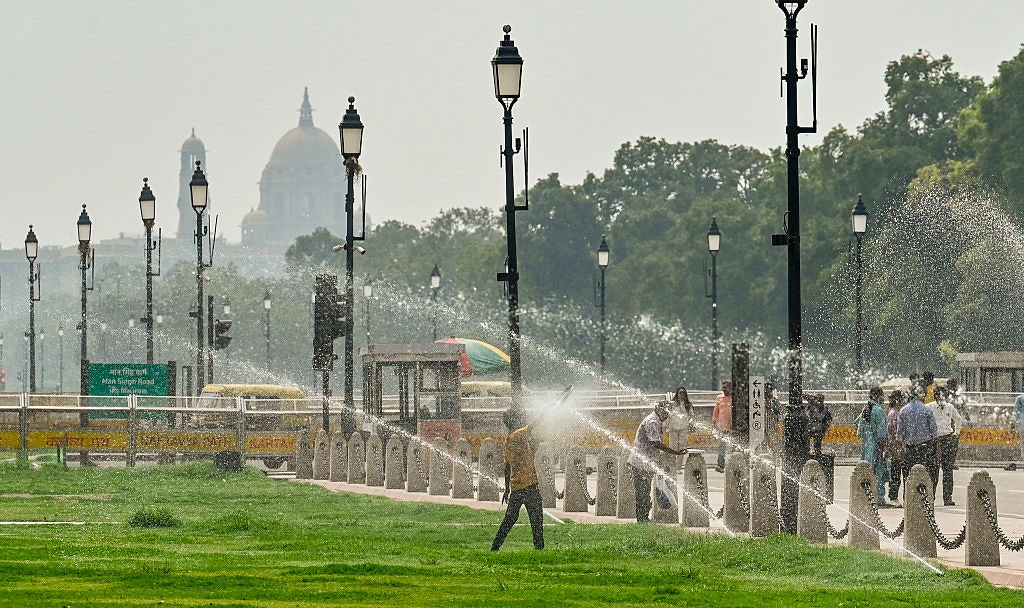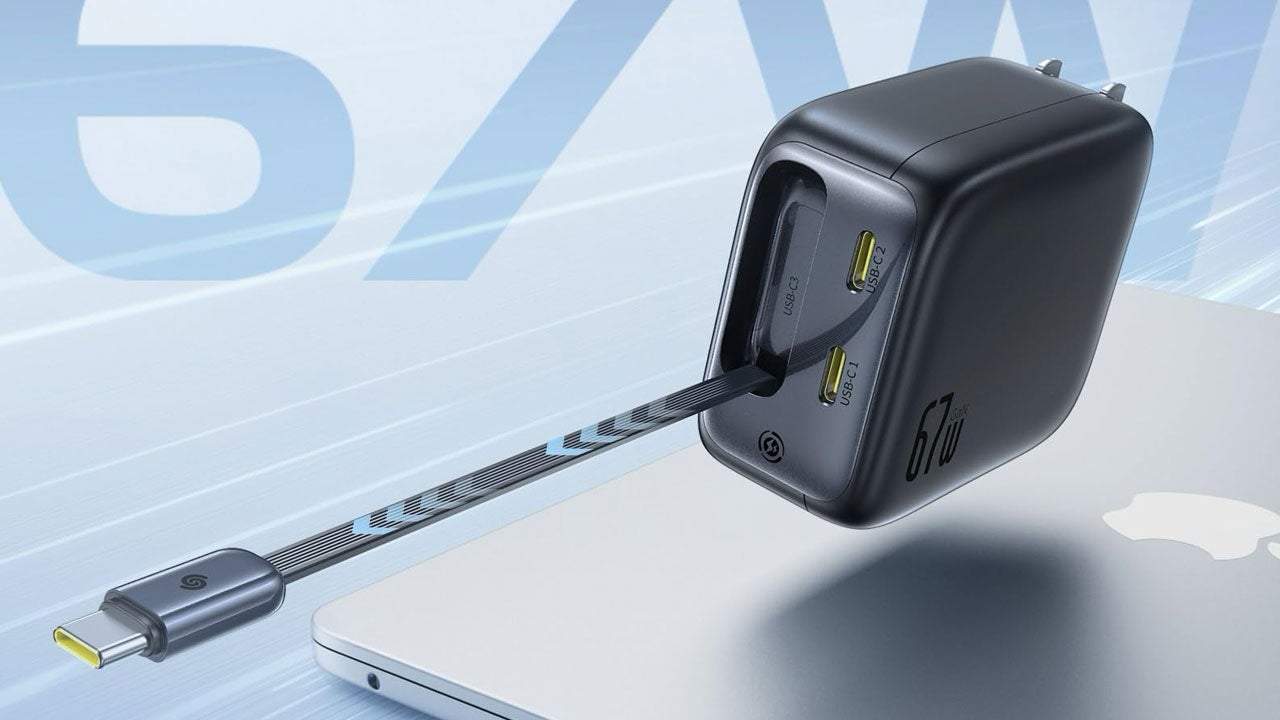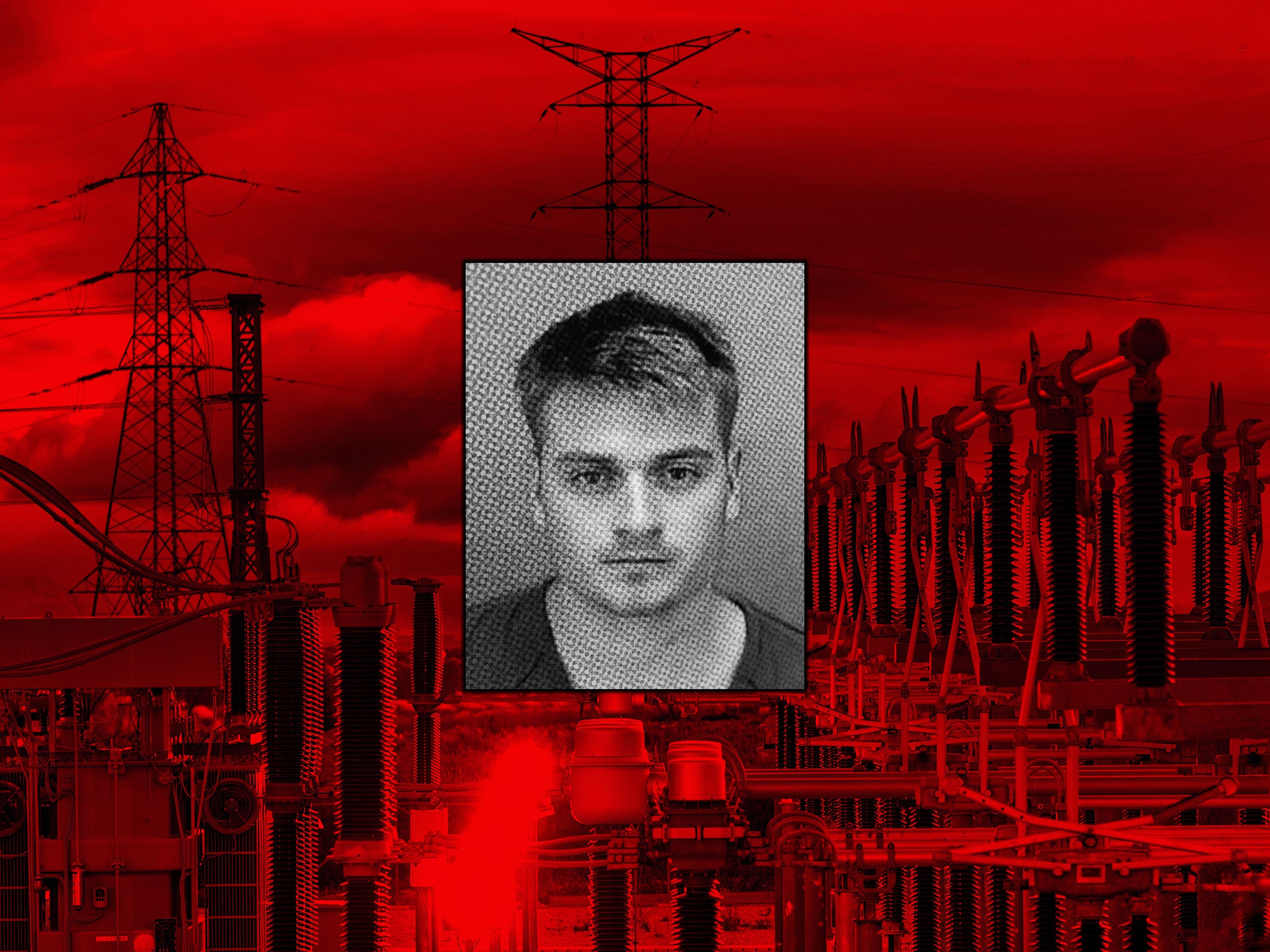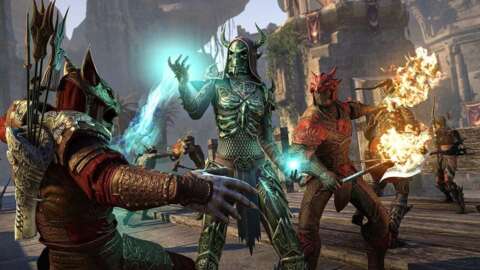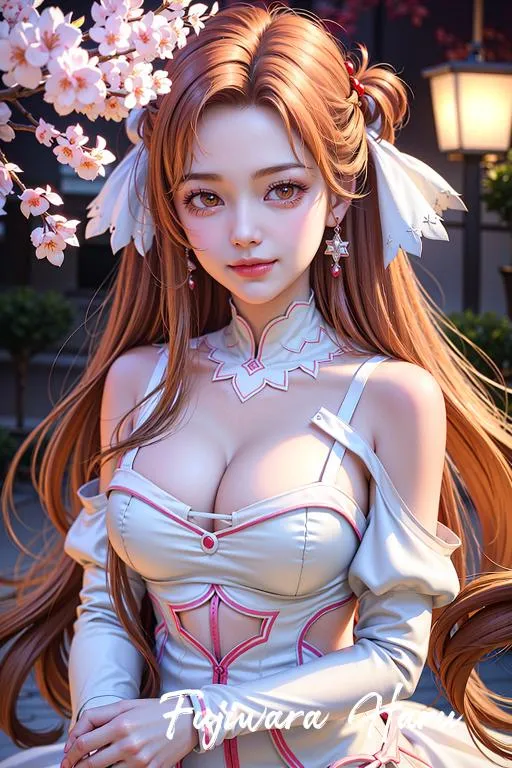
2025 is turning out to be a stellar year for fans of 2D ninja platformers. The 16-bit blood sprites have barely dried on Ninja Gaiden: Ragebound’s katana, and now Sega’s iconic Shinobi series has emerged from a 14-year stay in the shadows to fling a fistful of kunai straight into your adrenal glands. Shinobi: Art of Vengeance brings back the series’ slash ‘n’ dash with plenty of modern day flash. It empowers returning hero Joe Musashi with an enjoyably expansive suite of hypercharged ninja skills and presents it all in a gorgeous hand drawn art style, making for an adventure that’s occasionally hard on the reflexes but always easy on the eye. While the Shinobi series may have been in exile for an agonising amount of time, its triumphant return has been well worth the wait.
Art of Vengeance’s setup seems to have spilled straight off the circuit board of an ‘80s arcade machine. Led by the maniacal Lord Ruse, the nefarious paramilitary organization ENE Corp has achieved world domination by force, and the responsibility of toppling them falls squarely on the crisp linen-covered shoulders of Joe Musashi. Musashi had resigned himself to the simple life, mentoring young ninja students in obscurity like some sort of Obi Wan Shinobi, but when the ENE brings violence to his village he’s forced to seek vengeance on every soldier, spectre, and samurai that stands in his path over the course of a 10-hour cross-continental killing spree. It’s simple stuff for sure, but it’s really all the motivation I needed to turn the ENE forces into a series of slash test dummies, and I was perfectly happy for Musashi to let his blade do the talking. Quite literally in fact, as he only ever grunts during conversation cutscenes, which brings some welcome bursts of comic relief in between each sprawling showdown.
Its plot may be true to the uncomplicated action movie era the series was born out of, but its looks are strikingly modern. Much like developer Lizardcube’s Streets of Rage 4 before it, Art of Vengeance’s characters and environments have that painstakingly-drawn-by-hand style to them that produces consistently phenomenal results. From hulking container ships that loom in the backdrop of the fish market stage right down to the reflections in puddles that whip past Musashi’s unceasingly determined sprint, it turns out that vengeance isn’t the only art that this latest Shinobi has set out to nail. There are clear contrasts between each setting too that make them uniquely captivating to explore, from the lush bamboo forest of the opening level through to the disgustingly gloopy explorable innards of a Kaiju that seem like something straight out of a Rick and Morty episode.
No two of Art of Vengeance’s 14 levels are structured the same, either. One stage hustles the chaos across the carriage rooftops of a speeding train, another has you stalking across the skyline of Neo City in all directions in an effort to find and rescue hostages, while another still takes you deep into a labyrinth of dark corridors in a secret ENE base where Metroid-like mutants suddenly lunge at you through the shattered glass of their stasis tanks to keep you on your toes. There’s also plenty of variety within each level, like the mountain stage that shifts from a lava-lined steelworks area to a breathless rockslide descending into a chasm. While the occasional switch puzzle or chase sequence is repeated here and there, there are enough fresh objectives to complete and unique environments to explore that the journey remains as sharp as a shuriken from start to finish. There’s even a bonus stage that reimagines the surfing level from Shinobi III, which is a welcome throwback to that brief period in the early ‘90s when there was no cooler conceivable combination to kids than a ninja on a surfboard.
Art of the Steel
Of course, all of this would be for nothing if the combat didn’t pull its weight, but fortunately Art of Vengeance’s fighting is frenetic, fluid, and consistently fantastic. Unlike Ninja Gaiden: Ragebound’s enemies which can mostly be dispatched with single hits, the bulk of the bad guys in Art of Vengeance have health bars that need to be whittled away with snappy combo attacks, making it feel more like a platform-based brawler in comparison to Ragebound’s more demanding, precision-based striking. Musashi can pull off a growing number of combos over the course of the campaign built upon light and heavy sword attacks and kunai dagger throws – but as I unlocked new attack chains from the in-game merchant, I was soon juggling enemy ninjas in the air with sword slashes, divebombing them with flaming jump kicks, and shredding their defenses with spin attacks like a Catherine Wheel of katana blades as my combo tally ticked towards triple figures. It all feels incredibly intuitive, and there’s reward for sequencing your attacks just right – time an execution move when an enemy is on their last legs and they disappear in a spectacular spray of blood, but also valuable coins and health boosts that are funneled straight into your back pocket.
Each successful attack you land also fills up your Ninpo gauge, which allows you to trigger a powerful special move from four customisable slots. I tended to favour the Yoga Flame-style dragon breath to quickly wipe out the additional green health bar found on more heavily armoured foes like the riot shield-toting tank types, as well as the bomb that can be lobbed midair to stagger an enemy before you start your combo. Combined with the two amulet slots that can be equipped with a healthy variety of active and passive buffs, like a booster that increases your damage output the longer your combo lasts or a vampire ability that steadily replenishes your health bar with each enemy you dispatch, and Art of Vengeance provides a satisfying amount of flexibility in terms of being able to slay your own way.
Deepening your combat options even further is the Ninjutsu gauge, which fills as Musashi takes damage or collects rage orbs from fallen foes. This turbocharged update on the original games’ ninja magic is pretty slow to replenish, and as a result I tended to keep it up my sleeve until I reached each end-of-level boss, since it can greatly turn the tide of battle – either offensively, like dealing health bar-halving damage with flaming dragon blasts, or defensively, such as bringing a flatlining Musashi back from the brink with a revitalising wave of water.
Perhaps as a result of my strategic deployment of these super special moves, I didn’t really face too much resistance from any of Art of Vengeance’s bosses on the hardest Shinobi difficulty setting, but that’s not to say they weren’t still plenty of fun to encounter. Although the returning Mandara from the original arcade game is a bit clunky and probably should have remained trapped inside a dusty Master System cartridge, elsewhere there are some hugely entertaining battles with big bads to be found. My favourites are the twin mutants in the ENE laboratory that combine into one towering freak like a pair of kids trying to sneak into an adult movie, and the monster-conjuring beastmaster in the desert level that surprises you with minotaurs and griffins to force you to deftly maneuver from the land into the air and back again. The majority of these boss battles bring each stage to a climactic close, and typically reward you with another ability-enhancing trinket to further tweak Musashi’s skill set with.
Running Hack and Forth
To be clear, Art of Vengeance’s 14 main levels are not interconnected, so it’s not structured like a classic Metroidvania. However, while there isn’t any compulsory backtracking required to complete the story, there are still plenty of compelling reasons to return to earlier levels as you unlock new abilities for Musashi over the course of the journey, which in turn open up sizeable new areas to explore that were otherwise blocked off the first time through. A charged up punch for shattering Yokai barriers, ninja claws to scale walls and overheads, a glider to take advantage of updrafts, and even a grappling hook aren’t just crucial for reaching the story’s conclusion, but also for sniffing out all the secrets in each stage. Even though I’ve rolled credits on the campaign, I’m still steadily working my way towards 100% completion of each level and having an absolute blast doing it.
Some of these secrets are as simple as tokens to unlock more goods at the merchant or new costume colours for Musashi – I’m pretty partial to slaughtering ENE goons draped in cherry blossom pink myself – but there are also up to three Elite encounters to find in each level which drop you into an intense arena fight against hardened hordes like some sort of sword-swinging Super Smash Bros. battle. Clearing every Elite encounter in a level will grant you a new amulet to equip, further enhancing Musashi’s attack power or his ability to heal, which become invaluable buffs against the late game bosses.
My favourite optional extra, however, are the rift challenges. These typically punishing platforming tasks demand pinpoint chaining of Musashi’s double-jump, air-dash, and wall-running abilities in order to clear formidable Super Meat Boy-style obstacle courses of spinning sawblades and swirling jets of fire suspended over bottomless pits. They’re deathtrap-lined levels that are often fiendish but yet to become too frustrating thanks to the instant restarts and level design that’s fierce but ultimately fair.
Retracing my steps through Art of Vengeance’s stages to search for secrets has also highlighted some of its minor shortcomings, however. I don’t love the way that enemies seem to respawn instantly once their patrol points have disappeared off camera, drawing me into unnecessary additional fights as I doubleback in search of a specific spot. But what’s really annoying is the way the pause menu map doesn’t seem to indicate whether falling down a gap between platforms will mean you land safely on the ground below or instantly lose a chunk of health and respawn back on the platform above. It brings an unwanted element of trial and error to the otherwise obsessive hunt for secrets.
That said, I ultimately really admire how Lizardcube has structured Art of Vengeance, in the sense that it’s made its most challenging combat and platforming sections entirely optional for the most part. If you just want to focus on the story, you’ll find a 2D ninja platforming experience that’s challenging enough but a touch more approachable on its default difficulty setting than the comparatively trickier Ninja Gaiden: Ragebound. But if you do want to put your skills to the test, there are those optional Elite battles and rift challenges to dive into, along with Boss Rush and timer-based Arcade modes to unlock for the more serious speedrunners. (Conversely, there are a number of accessibility settings to make life even easier should you still find yourself struggling.)
